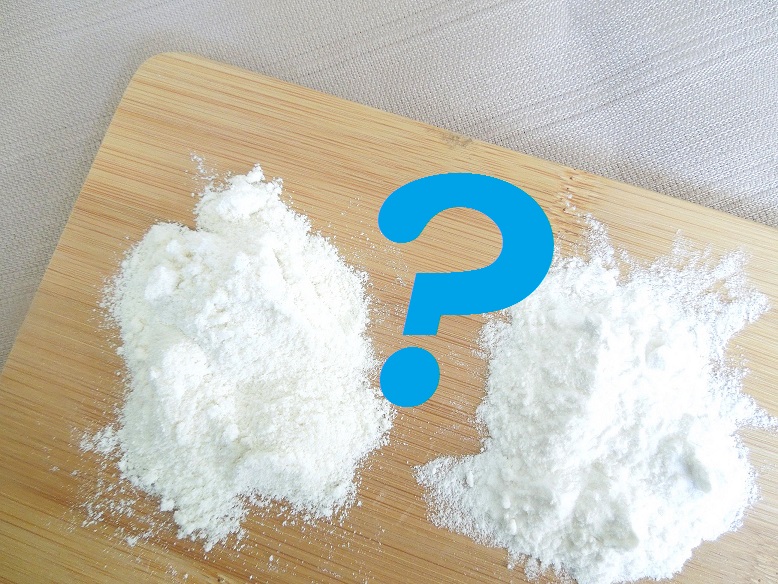Glutamate (Glutamic acid)
In addition to being one of the three building blocks for Glutathione, glutamate is a key molecule in cell metabolism. It is also the most abundant neurotransmitter in the brain.
Glutamate exists in two forms: bound form as a part of protein along with other amino acids, and free form in plant and animal tissue.
Following normal dietary guidelines an average person consumes between 10 and 20 grams of bound glutamate and 1g of free glutamate every day. In addition, the human body produces about 50 grams of free glutamate daily. Glutamate is found in abundance in human breast milk at levels almost ten times of that found in cow's milk.
The sodium salt of glutamic acid or monosodium glutamate (MSG) is used as a food additive and flavor enhancer. MSG is an excitotoxin and can cause neurological damage, especially in people with high sensitivity to this additive. MSG can be found in canned food, soy sauces and other condiments, frozen dinners, and other processed foods.
Food sources of glutamate: all meats, poultry, fish, eggs, unpasteurized dairy products, undenatured whey protein, and protein rich plants are dietary sources of glutamate.
For the list of select foods and glutamate content in them click here.
Return to Glutathione Precursors
Return to Glutathione
Return to Home




